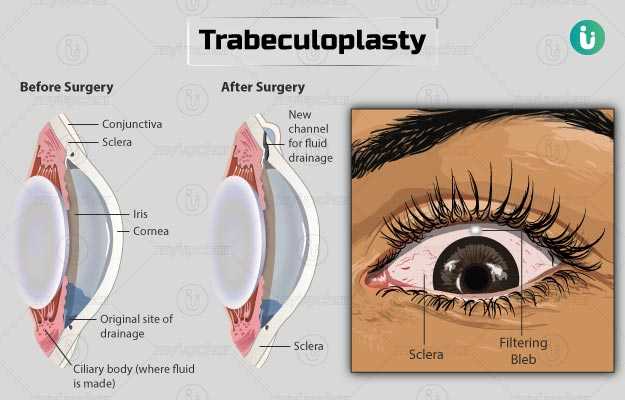Summary
Trabeculoplasty is a laser surgery that is used to lower the pressure within the eye caused due to glaucoma. The surgery does not reverse any eye damage that may have already happened.
In this procedure, a beam of light is focussed on the affected eye to treat the drainage angle of the eye. When the drainage angle functions normally, it allows the fluid inside the eye to leak out, thus reducing the pressure within the eye and preventing further damage to the eye.
The surgery is completed within 15 to 20 minutes. You can resume all your normal activities from the day after the surgery. You may have to visit the doctor multiple times after the surgery to check your eye pressure. If required, a re-surgery may be performed.






































